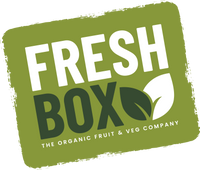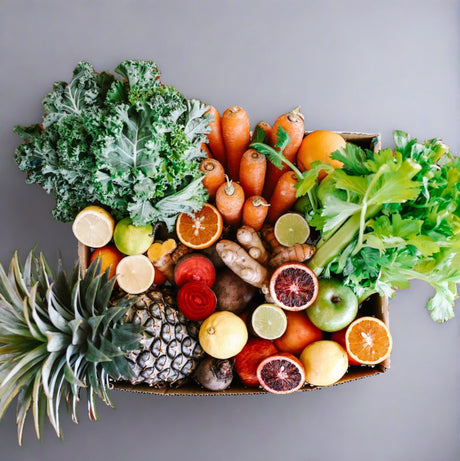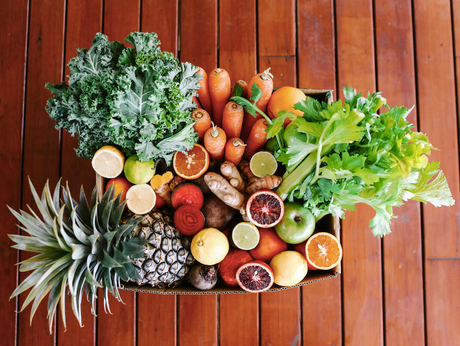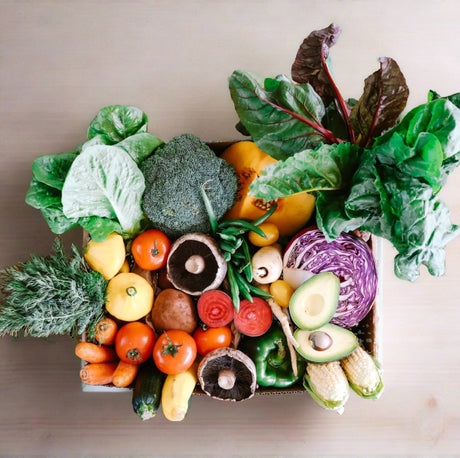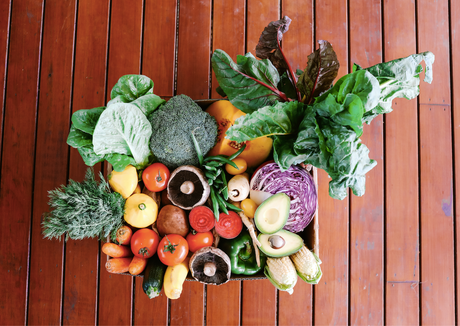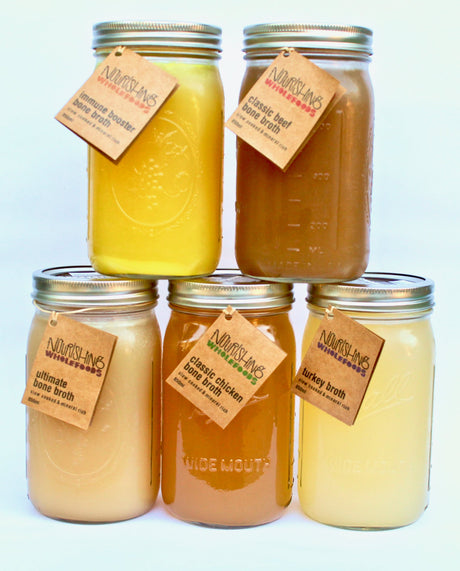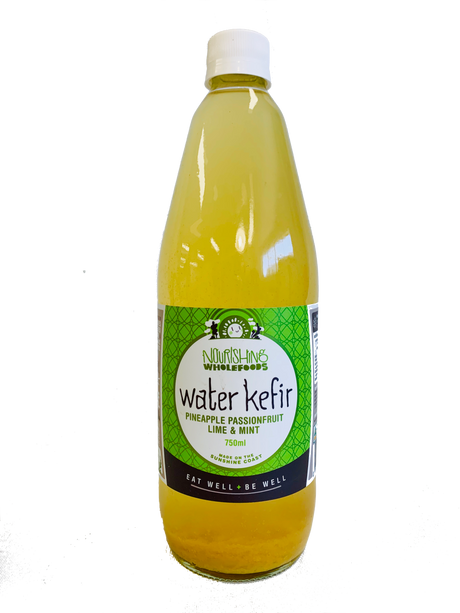🌱 What Is Regenerative Farming? A Smarter Way to Grow Organic Food
If you already buy organic, you’re doing more than eating well. You’re supporting sustainable farming practices that care for the earth and the people growing your food. But there’s a movement going beyond organic and one that’s gaining ground with farmers and conscious eaters alike. It’s called regenerative farming.
What Is Regenerative Farming?
Regenerative farming, or regenerative agriculture, is an approach to growing food that doesn’t just avoid harm, it actively improves the health of soil, ecosystems, and communities.
Unlike conventional agriculture, which often depletes the land, or organic farming, which focuses on avoiding synthetic inputs, regenerative farming asks a deeper question:
How can farming help restore the planet, not just feed it?
Key Practices of Regenerative Agriculture
Regenerative farmers use nature as their guide. That means:
-
Building soil health using compost, cover crops, and low or no tilling
-
Increasing biodiversity, both above and below ground
-
Sequestering carbon in the soil, helping fight climate change naturally
-
Integrating animals into farm systems to mimic natural cycles
These methods aren’t just better for the planet, they also grow stronger, more nutrient-dense food. Healthy soil produces healthier crops. And you can taste the difference.
Regenerative farming is not just a list of do’s and don’ts. It’s a mindset rooted in long-term care, ecological balance, and leaving the land better than we found it.
Why Regenerative Farming Matters
The benefits of regenerative agriculture go far beyond the farm:
-
Cleaner air and water
-
More resilient food systems
-
Healthier ecosystems
-
Carbon drawdown to help slow climate change
The Bottom Line
If you’ve ever wondered what regenerative farming is, think of it as the next step in sustainable agriculture, organic with intention, built for the long haul.
